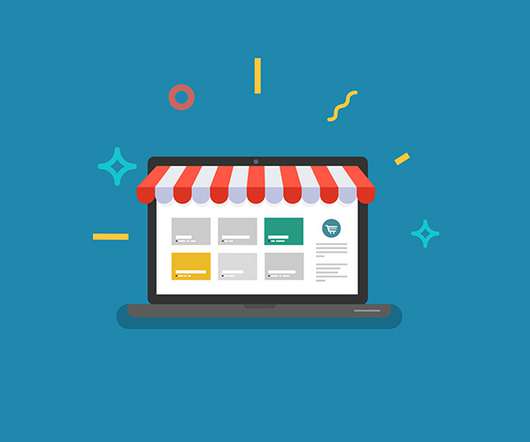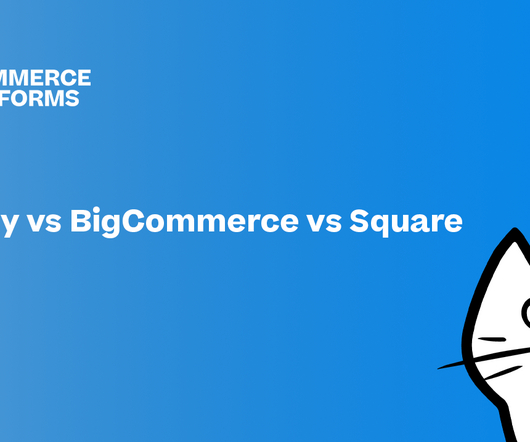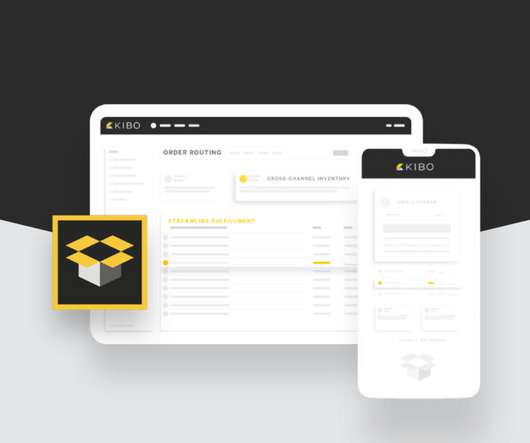4 Steps to Operations and Fulfillment Transformation
Retail TouchPoints
JULY 26, 2023
Burgeoning demands for exemplary customer service and lightning-fast order fulfillment leave unprepared retailers scrambling for their share of the market. Data-heavy, complex operations hamper efforts to deliver positive customer service interactions, address errors and fulfill orders accurately.












Let's personalize your content